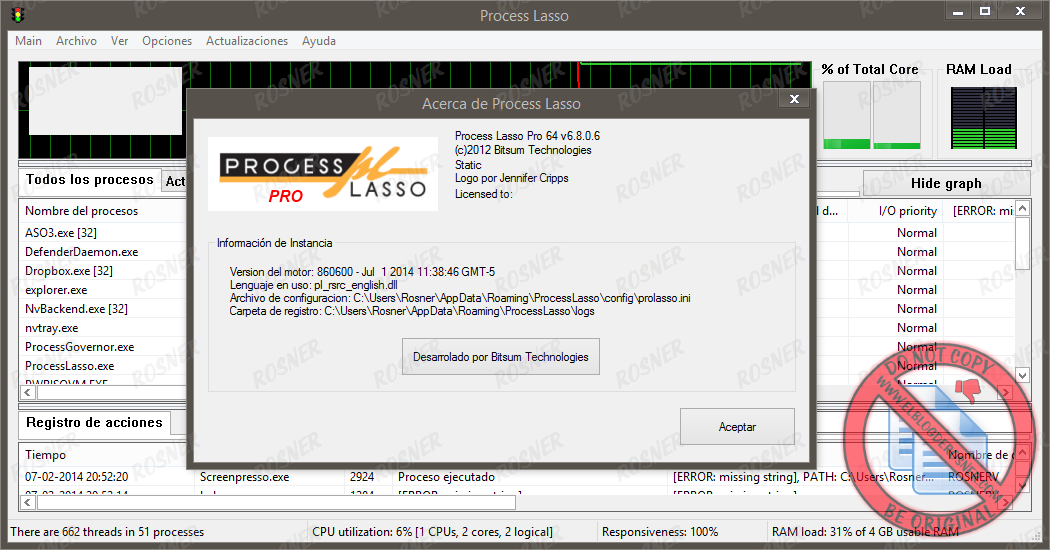
Move the cursor just outside of an edge of the marked area where the cursor changes into two arrows pointing left and up. This image shows how you can do this:Ĭhoose the crop tool of PhotoShop and select a flat rectangular area of the photo. Using the cropping tool of PhotoShop we can do both processes in one step:įirst we must make sure that our crop window is parallel to the horizon. This photo fits all the aspects mentioned above.įirst we have to crop the image as needed and straighten it to make the horizon absolutely horizontal. Islands are especially good suited for planets because on the left and right edge you only have the horizon to stitch together. Most of my planets were created using panoramas, but for this second sample we will use the following photo from Venice which shows San Girgio Maggiore Island. The rest is just a little digital darkroom work: Rotate the planet to your liking, filter contrast and colors, clean up the sky and the edges where left and right border of the image came together. Well, as you can see that was already most of the magic: If you are a user of The Gimp the command is “Filters->Distorts->Polar Coords”. … and apply the “Filter|Distort|Polar Coordinates” filter (choose the “Rectangular to Polar” setting). Step 2: Rotate by 180° and apply the polar effect Uncheck ‘Constrain Proporties’ and set the “height” value to the same value as your “width” value.

Use the Photo|Image Size menu item to change the image size into a large square. Step 1: Convert the photo into a square image We have the easiest start when we start with a 360° panorama, so let’s take my Panorama shot of San Francisco taken from the Coit Tower:
#Autopano giga mega crack#
The horizon must be exactly horizontal, the left and right end of the photo will be joined together and if they are on different heights your planet will have a big crack in the surface (again this is no issue for 360° panoramas).The left and the right border of the photo should neatly fit into each other (which is always the case for a stitched 360° panorama).The upper area (upper 25%) should also have only little detail, most preferably just one color (e.g.This area will later be in the middle of the picture and will also be distorted the most. The bottom area (bottom 25% or so) of the photo in most cases should have only very little detail (e.g.Select a panorama photo or a cropped landscape photo (aspect ratio at least 2:1, which means the width should be at least two times the height).When selecting a photo to start with you should keep the following things in mind: Selecting a Panorama or Photo for Your Planet In this article I will share my experiences with this technique, scribble together some things I found out and I will add a couple of links to help you get more out of it. Here are two samples for you to get an idea: It takes a panoramic (or at least a landscape-ish) photo and uses the Polar Coordinates filter of Photoshop or The Gimp to create a circular image that seems to wrap the panorama around a planet. To make a long story short: The “Polar Panorama Effect” is one of my favourite ways to process photos into unique pieces of art. Discovering the rather simple instructions on “How to create your own planets”.

#Autopano giga mega software#


 0 kommentar(er)
0 kommentar(er)
